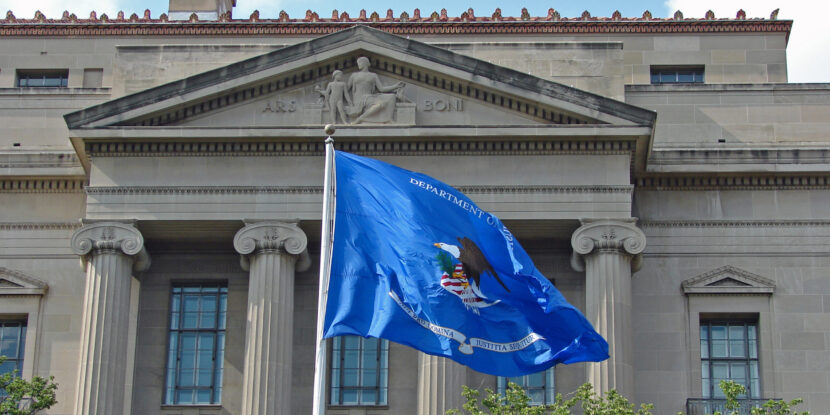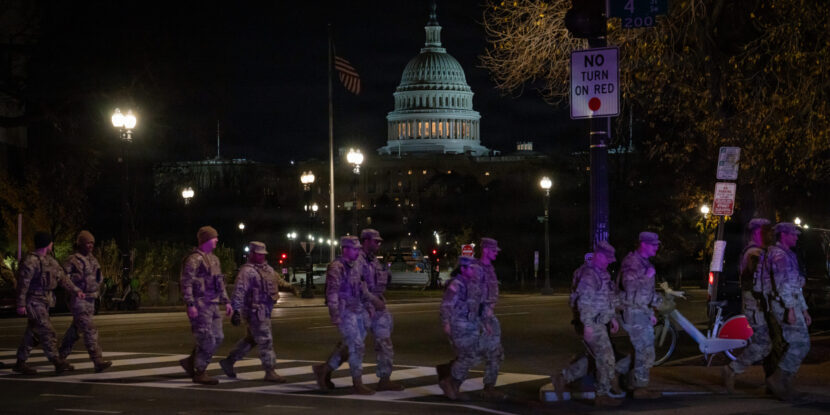PULSE POINTS:
❓What Happened: A study suggests that seismic signals from earthquakes can obscure the detection of clandestine underground nuclear tests.
👥 Who’s Involved: The review was conducted by Joshua Carmichael and his team at Los Alamos National Laboratory, with the findings published in the Bulletin of the Seismological Society of America.
📍 Where & When: The study draws on data from the Nevada National Security Site, highlighting global implications. It has been published in a recent edition of the journal.
💬 Key Quote: “Background seismicity in regions where there’s any sort of seismicity at all is going to measurably and substantially reduce the probability that we can detect signals from an underground explosion at a test site,” said Joshua Carmichael.
⚠️ Impact: The study raises concerns for international monitoring of nuclear tests, potentially affecting compliance verification of treaties such as the Comprehensive Nuclear-Test-Ban Treaty.
IN FULL:
New research suggests that seismic signals from natural earthquakes may obscure the detection of underground nuclear tests, raising concerns for international monitoring efforts. Scientist Joshua Carmichael and colleagues from Los Alamos National Laboratory, in a review of data published in the Bulletin of the Seismological Society of America, found a significant decrease in the accuracy of detection of nuclear tests occurring during or just after a seismic event and even at substantial distances from one another.
The study evaluated advanced signal detectors capable of identifying explosions with high accuracy. It found a significant reduction in this success rate when explosion signals overlapped with earthquake waveforms occurring within a 100-second timeframe and within a 250-kilometer (or roughly 150-mile) radius. The Los Alamos National Laboratory review referred to how these overlapping waveforms “obfuscate the ability of even the most sensitive digital signal detectors” to identify explosions, potentially impacting global treaty compliance monitoring.
“Background seismicity in regions where there’s any sort of seismicity at all is going to measurably and substantially reduce the probability that we can detect signals from an underground explosion at a test site,” Carmichael, a Geophysical Explosion Monitoring (GEM) team member at the laboratory, said.
This investigation counters earlier findings from a 2012 report that downplayed the potential for earthquake signals to mask explosions. The national security implications are serious, particularly for monitoring adherence to the 1996 Comprehensive Nuclear-Test-Ban Treaty that prohibits all explosive nuclear testing for all military and civilian purposes.
The review also indicates that regional seismic activity, particularly in areas like North Korea, could complicate detection efforts. North Korea’s nuclear testing activities over the past two decades, noted to be “off the charts,” highlight the urgency of accurate detection mechanisms. An increase in low-magnitude seismicity around test sites further complicates monitoring, with potential detection rates plummeting from 92 percent to 16 percent in cases of repetitive seismic events.
The research proposes that the industry may be undercounting natural seismic occurrences embedded in earthquake swarms and aftershock sequences, complicating the monitoring of both natural and anthropogenic seismic events.




















